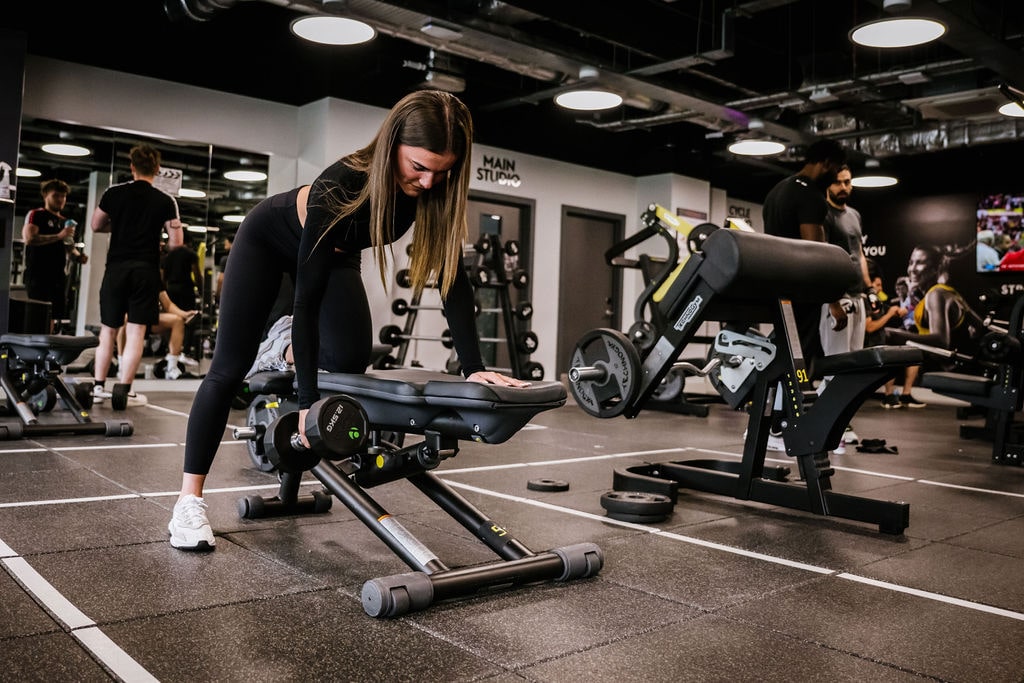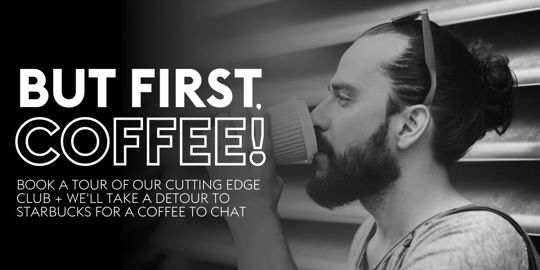Stress and anxiety are two terms that seem to repeatedly come up in any and all discussions regarding mental health and wellbeing. It seems increasingly common that almost everyone will have experienced an overwhelming and incapacitating sense of worry and dread in their day to day lives. In fact, according to a recent study the majority of UK adults have felt so stressed at some point over the last year they have been unable to cope.
Evidently, mental and physical wellbeing are co-dependent elements of our general health and wellbeing. Whether it be at work, at home, or in the gym, stress has its claws embedded into how we perceive the world around us and perhaps there is some benefit to be found in questioning where and how stress arises.
As part of National Stress Awareness day, we’ve decided to gather some of the best tips in terms of managing stress, because the reality is, unfortunately, that we can’t just make the bad feelings just disappear. Instead, a more healthy approach lies in simply recognising the discomfort and moving forward.
So how might we start?
STEP 1: HOW ARE YOU ACTUALLY FEELING
The first thing we need to do when having an anxious episode is potentially the hardest, since though it is simple, more often than not we prefer to skip or ‘push past’ emotional discomfort.
Keep in mind, feeling stressed isn’t an entirely controllable state, in part because your body’s natural safety system is firing its alarms to external danger. While we can function pretty well under certain levels of stress, an overload can be totally destructive. With high blood pressure, physical shakes, difficulty breathing, anxiety attacks are the most obvious in their physical presence, but that doesn’t mean a slow build up makes it any more manageable.
Priority one then, is recognising how you ACTUALLY feel.
For most, stress builds up over an extended period of time, whether it be a day, a week, a month or a year. So while you may feel like you can push through your daily to do, lingering tasks can quickly stack up and become seemingly insurmountable.
Let’s not let it get to that point.

STEP 2: A BETTER OUTLOOK
A great way to get comfortable with recognising difficult emotions is by changing how we envision ‘dealing’ with them. Too often, we see advice suggesting just ‘pushing through’ or ‘fighting’ negative states, but perhaps a healthier outlook may involve feeling the discomfort and then moving forward with the awareness that it is there. Little steps, rather than a big boot!
Feeling like you have too much on your plate? That’s totally fair, you likely have a lot going on. So with that in mind, let’s see if we can chop down some of the bigger tasks and start with some of the easy ones. Soon your list will become manageable, and as a bonus, by accepting the difficult position you were in, you’ve found a solution that will work long term.
This approach allows fitness to better slot into your regular routine. Especially since, with this outlook, a workout doesn’t present itself as additional pressure, but a break, an achievable task that’s easy to tick off and which can help soothe some of those uncomfortable physical symptoms we mentioned earlier.
Fitness classes are a particularly effective way to slot fitness into your week. For one, you don’t have to prep a workout (or struggle to find a good one online). You can just book for a time that suits you, walk in and get started. Simples!
Some of the top stress busters are:
Fun, empowering, and stress relieving, BodyCombat is a high intensity cardio workout will get your heart pumping. All those feelings of tension will help you deliver some truly knockout punches and kicks.
TONE is the perfect group class to help you get you started in the studio. Combining a mix of cardio, resistance, and core exercises, Tone will develop your strength, cardio and core within just 45 minutes.
It’s a common misconception that working out when your tired will add to your fatigue. However, research suggests that by utilising stored up energy, you'll train your body to make more of it. A high energy HIITStep class might be just the thing to relieve any dizziness or stress by increasing blood flow around your body and brain. By pushing beyond the physical burn, you'll prevent that mid-afternoon slump.
STEP 3: FIND THE SYMPTOM, FIGHT THE CAUSE
Let’s focus a bit more on how we might ‘get rid’ of stress. Or, more accurately, how we might manage the symptoms so that it doesn’t completely shut us down.
The most commonly experienced symptoms of stress are:
- Feeling hyperactive but overwhelmed.
- Exhaustion.
- Feeling neglected.
And interestingly, these symptoms correspond with the frequent causes of stress:
- Overwhelming pressure (be it work-work, school-work, house-work, or child-care, etc).
- A lack of sleep (and too much caffeine).
- Not having time or being unable to accomplish even basic tasks of self care.
(It’s almost as if there’s a slight cause and effect thing going on)... So! Another handy dandy approach appears to be to focus on the symptom, find the cause, and fight it!
This way, stress doesn’t appear so much like this uncontrollable beast that comes out of nowhere with an intent to ruin us, and instead becomes a much more manageable creature. One that frankly, just needs a bit of tender love and care.
But if you're not feeling in a position where this is an achievable process, that’s nothing to be ashamed of. Stress can quickly make people feel lonely and a big cause of that is the potential to isolate because of these ‘bad vibes’. The best thing to do might be bringing someone on board with you and being honest with how you really feel.
This is why we tend to advise that newcomers start their journey with either a buddy or a Personal Trainer. While both distinctive in their benefits, they allow the whole fitness journey to appear less daunting (and stress inducing). At the end of the day, the focus lies on just completing the workout, improving your form, finishing those final reps, tasks which you can do.
Trust us, you’ll surprise yourself.
STEP 4: YOU GOT THIS
Too often, positive motivations can become negative in their reinforcement, based along the lines of "if I don't do this I'll get fat" or "I'm being so lazy today".
These feelings of guilt and shame go beyond the fitness sphere and are never constructive. They only serve to contribute to a continual decrease in self worth and an increasingly negative self-image.
It is important to question then, how you address your fitness goals. Are they body orientated? Are they achievable?
Another big contributor to stress and anxiety is the comparison toward the people around us and in online spaces, there are hundreds of people to compare yourself to. Not only that, but these images online are almost never reflective of the total reality. These images are of the best angles, best poses, best achievements, and if we don’t allow ourselves to be critical of these images in terms of their accuracy, these highlights become something we consider 'normal'. We automatically think that is how they always look and live.
The impact being that instead of starting to question what is realistic, we question ourselves instead.
- "Am I enough?"
- "Why don't I look like them?"
- "Why haven't my glutes grown like that?"
If you take one thing from this blog, and National Stress Awareness Day as a whole, let it be that you are on your own journey, with its own ups and downs. Try to avoid comparing yourself to others (especially online), as the likelihood is you are only seeing part of the picture.
If it’s difficult now, it’ll get easier tomorrow.
Just be you and that is enough.



